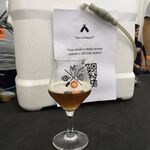
The fourteenth beer that I brewed.
The last beer that I brewed before starting a hiatus on homebrewing.
This is the most expensive beer that I brewed to this moment.

The fourteenth beer that I brewed.
The last beer that I brewed before starting a hiatus on homebrewing.
This is the most expensive beer that I brewed to this moment.
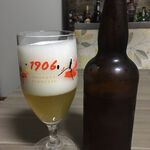
The thirteenth beer that I brewed.
This time, I tried to brew a recipe that I already made, Trappist Single, to see if I could achieve the same quality using BIAB.
Unfortunately, I didn’t find the same yeast that I used at the first time, so I had to try a new one.
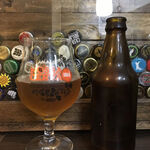
The twelfth beer that I brewed.
This was the first beer that I brewed using a 10L BIAB equipment.
It used yerba mate (Ilex paraguariensis), “erva-mate” in portuguese, a herb that is used to make a popular beverage in southern Brazil, chimarrão.
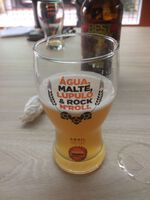
The eleventh beer that I brewed.
With more knowledge, I decided to have a second try on making a Single Hop American Pale Ale.
On this beer, I used the hop bursting technique.
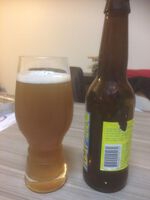
The tenth beer that I brewed.
A style that is quite a challenge to be made in a proper way.
Also, one of the most expensive recipes that I brewed.
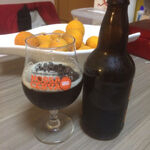
The ninth beer that I brewed.
This was the first lager that I brewed.
As CervaSerra’s cold room was set to ale temperature, I wouldn’t be able to ferment this beer properly. For this reason, I used a mixed (lager and ale) yeast.
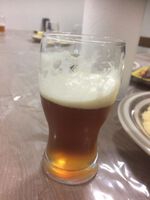
The eighth beer that I brewed.
Tried to make another English IPA, to see if I could make it better than the first one was.
First time using liquid yeast for the primary fermentation.
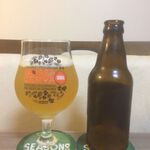
The seventh beer that I brewed.
This time, I tried to brew a style that I hadn’t drink before: Trappist Single.
What caught my attention about this style was the simplicity of its recipe.

The sixth beer that I brewed.
This was the first sour beer that I made. I brewed it with Fernando Sehn’s assistance, one of the most experienced homebrewers of sour and wild styles that I know.
First beer that I carbonated with CO2.

The fifth beer that I brewed.
This beer was so defective that there was no workaround for it, and I had to throw away the whole batch.
The fact that it was a Blonde Ale also helped, as it is a style that is quite “straight to the point”, where all the off-flavors are quite noticeable.